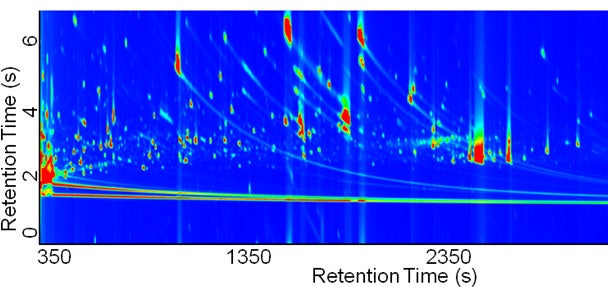
Diabetes Projects

Insulin is secreted from b-cells in response to glucose and other fuels. b-cells are found in small clusters or microorgans (1000-3000 cells each) dispersed throughout the pancreas known as islets of Langerhans. The realization that impaired glucose-stimulated insulin secretion from b-cells is a hallmark of type 2 diabetes has prompted an enormous research effort into understanding the basic mechanism of insulin secretion and defects associated with diabetes. While great strides have been made understanding the b-cell, many issues remain unresolved and cures for diabetes remain elusive. Progress in studying b-cells is dependent upon analytical methods that can be used to measure biochemical changes associated with their function. The overall objective of this project is to develop instrumentation and methods with novel or improved capabilities for measuring chemical events related to peptide secretion from islets of Langerhans. Furthermore, we will apply these techniques to fundamental studies of the regulation of insulin secretion and islet evaluation in clinical settings.
Brief description of select projects are given below.
1. Single islet analysis using microfluidics. Routine measurement of insulin secretion from single islets is invaluable in studying their function. We have developed a novel microfluidic system in which single islets can be perfused and insulin content measured using an electrophoretic immunoassay developed in our lab. This system allows islet function to be rapidly assayed. Similar assays for other hormones such as glucagon have been developed.
2. Metabolomics. Insulin secretion is driven by metabolic changes in b-cells. Substantial evidence also supports the idea that perturbations of metabolism occur b-cells in a diabetic state. We are developing LC-MS, CE-MS, and GC-MS methods to measure the metabolic changes in these cells. By measuring hundreds of compounds at once in the cells using advanced methods (see below), we are gaining insights into the metabolic perturbations that occur in normal and dysfunctional insulin secretion.

3. Body on a chip. b-cells in vivo are influenced by many other cells throughout the body. To better understand such interactions, we are developing microfluidic “circulatory” systems that allow multiple cell types to interact in a controlled way. Towards this goal, we are developing fat, liver, and muscle cell cultures on chips that allow interaction with islet cells.




You must be logged in to post a comment.